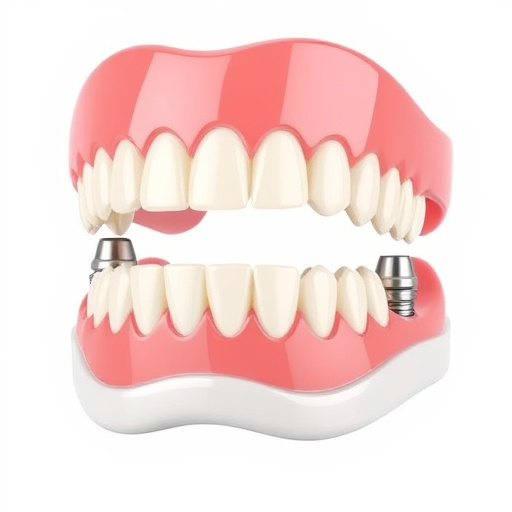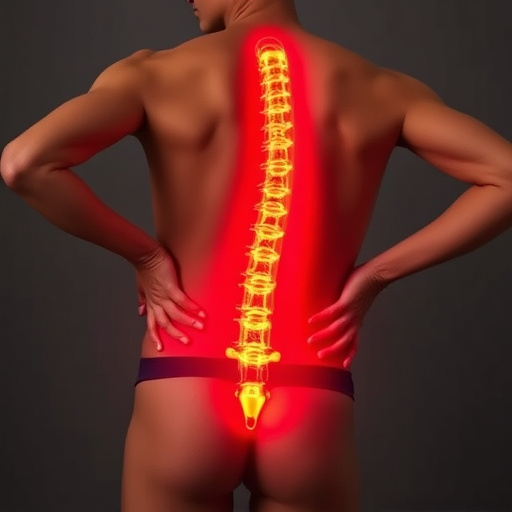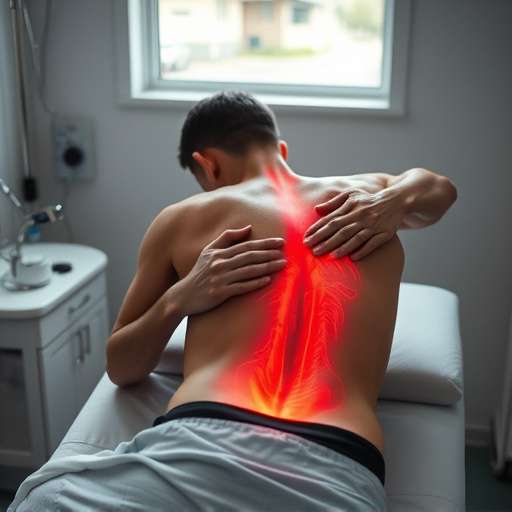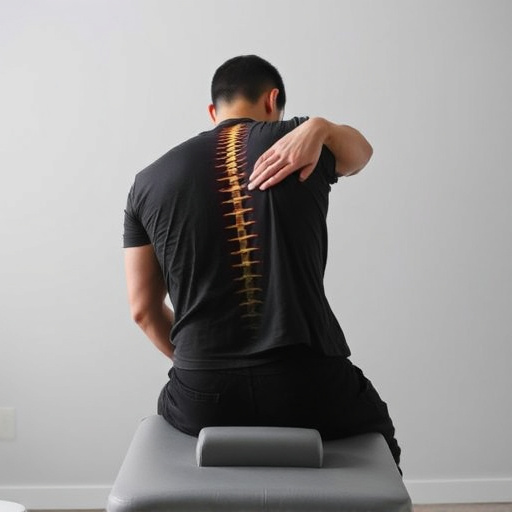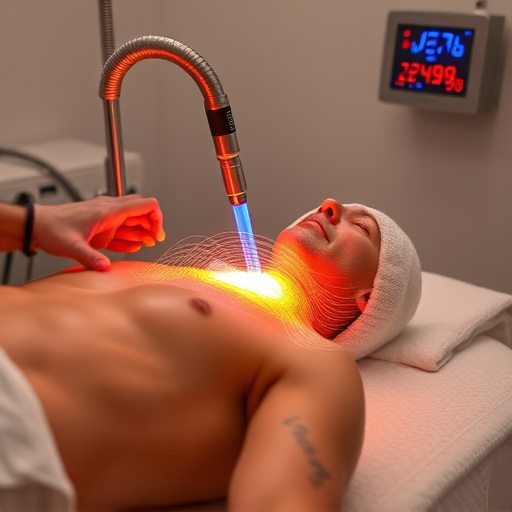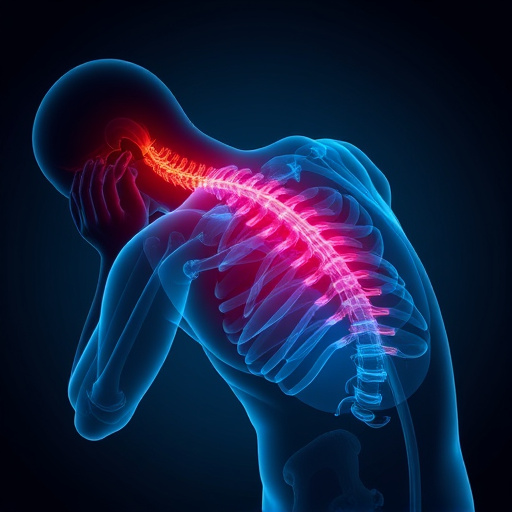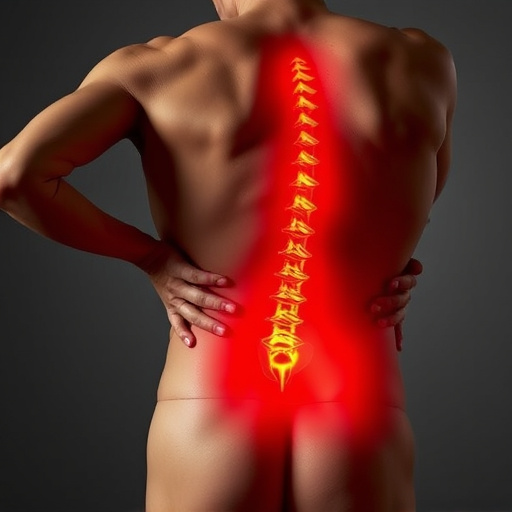Post-accident rehabilitation is a multifaceted process aimed at restoring physical and cognitive function after traumatic events, focusing on pain management, independence, and returning to daily routines safely. This holistic approach involves specialized healthcare professionals who use advanced tracking methods to gather data-driven insights for personalized care, optimizing recovery outcomes. Success in post accident rehabilitation is measured through both short-term and long-term goals, using tools like standardized assessments and patient-reported outcomes, ensuring tailored interventions for a smoother transition back to daily life.
Post-accident rehabilitation is a critical phase in an individual’s recovery journey, aiming to restore physical and cognitive functions affected by trauma. This article offers a comprehensive guide to understanding and optimizing this process. We explore effective tracking methods to measure progress, identify areas for improvement, and enhance patient outcomes. By implementing robust tracking strategies, healthcare providers can ensure tailored care plans, promoting successful post-accident rehabilitation. Discover insights into evaluating the effectiveness of treatment, fostering continuous improvement, and ultimately, enhancing recovery outcomes.
- Understanding Post-Accident Rehabilitation: A Comprehensive Overview
- Implementing Effective Tracking Methods for Continuous Improvement
- Measuring Success: Evaluating the Outcomes of Post-Accident Care
Understanding Post-Accident Rehabilitation: A Comprehensive Overview
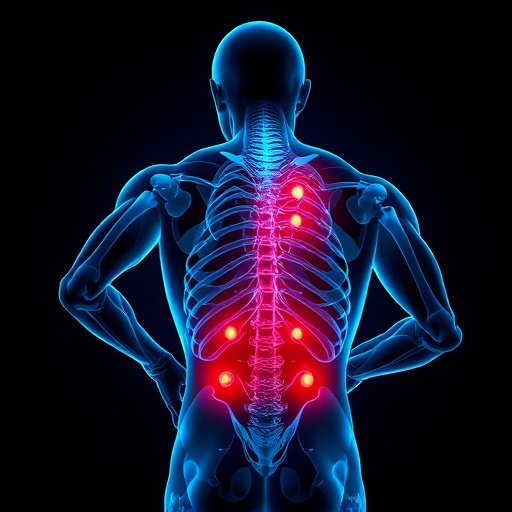
Post-accident rehabilitation is a crucial phase designed to help individuals regain their physical and cognitive abilities after a traumatic event, such as a car accident or work injury. It’s not merely about healing injuries; it’s about restoring functionality and enhancing overall well-being. This comprehensive process typically involves various medical professionals, including doctors, physiotherapists, occupational therapists, and neuropsychologists. Each specialist contributes to different aspects of recovery, from physical therapy sessions focused on spinal adjustments to cognitive exercises aimed at improving memory and focus.
The goal of post-accident rehabilitation is multifaceted: it facilitates pain management, promotes independence, and prepares individuals for a safe return to their regular routines and responsibilities. Functional rehabilitation plays a significant role in this journey, focusing on developing or re-establishing the skills needed to perform daily tasks without assistance. Through personalized treatment plans, patients can overcome challenges associated with their injuries, such as chronic pain and headaches, paving the way for a healthier and more fulfilling future.
Implementing Effective Tracking Methods for Continuous Improvement
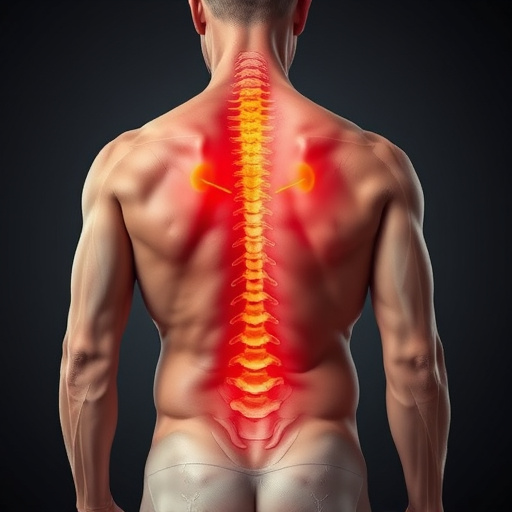
Implementing Effective Tracking Methods for Continuous Improvement in Post Accident Rehabilitation
In the realm of post accident rehabilitation, tracking improvement is a game-changer. It allows healthcare professionals to tailor treatments and interventions based on tangible data, ensuring that each patient receives personalized care aligned with their specific recovery goals. By employing advanced tracking methods, such as measuring range of motion, pain levels, and functional abilities before, during, and after treatment (including shockwave therapy for back pain relief), rehabilitation teams can accurately assess progress and make informed adjustments to care plans.
These strategies facilitate a dynamic and responsive approach to auto accident recovery, where positive outcomes are optimized. Through regular monitoring, healthcare providers can identify trends, pinpoint areas of improvement, and even foresee potential challenges before they escalate. Consequently, effective tracking methods not only enhance the quality of post accident rehabilitation but also foster a culture of continuous improvement within healthcare institutions.
Measuring Success: Evaluating the Outcomes of Post-Accident Care
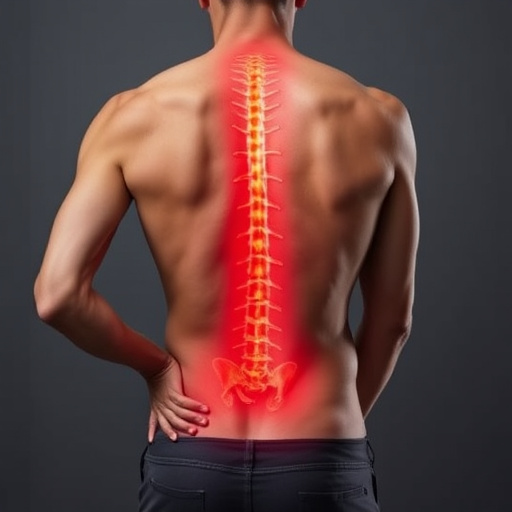
Measuring success is a critical aspect of post-accident rehabilitation care, as it provides valuable insights into the effectiveness of treatments and overall patient outcomes. Evaluating the success of this care involves assessing both short-term and long-term goals. In the immediate aftermath of an accident, healthcare providers focus on stabilizing patients and alleviating acute symptoms. This initial phase sets the foundation for successful recovery, often including chiropractic treatment to address musculoskeletal injuries.
As rehabilitation progresses, the emphasis shifts towards chronic pain relief and comprehensive pain management. Healthcare professionals employ various tools and metrics to track improvements, such as standardized assessment scales, patient-reported outcomes, and functional ability tests. These evaluations help identify areas of progress and pinpoint any persistent challenges, allowing for tailored interventions. By regularly monitoring these outcomes, healthcare providers can ensure that post-accident rehabilitation care is achieving its intended goals, ultimately facilitating a smoother transition back to daily life and reducing the risk of future complications.
Post-accident rehabilitation is a critical phase that requires meticulous tracking and evaluation. By implementing effective tracking methods, healthcare providers can ensure continuous improvement in patient outcomes. This includes comprehensive understanding, strategic planning, and meticulous measurement of success. Through these practices, we can optimize post-accident care, fostering better recovery and enhanced quality of life for patients.


